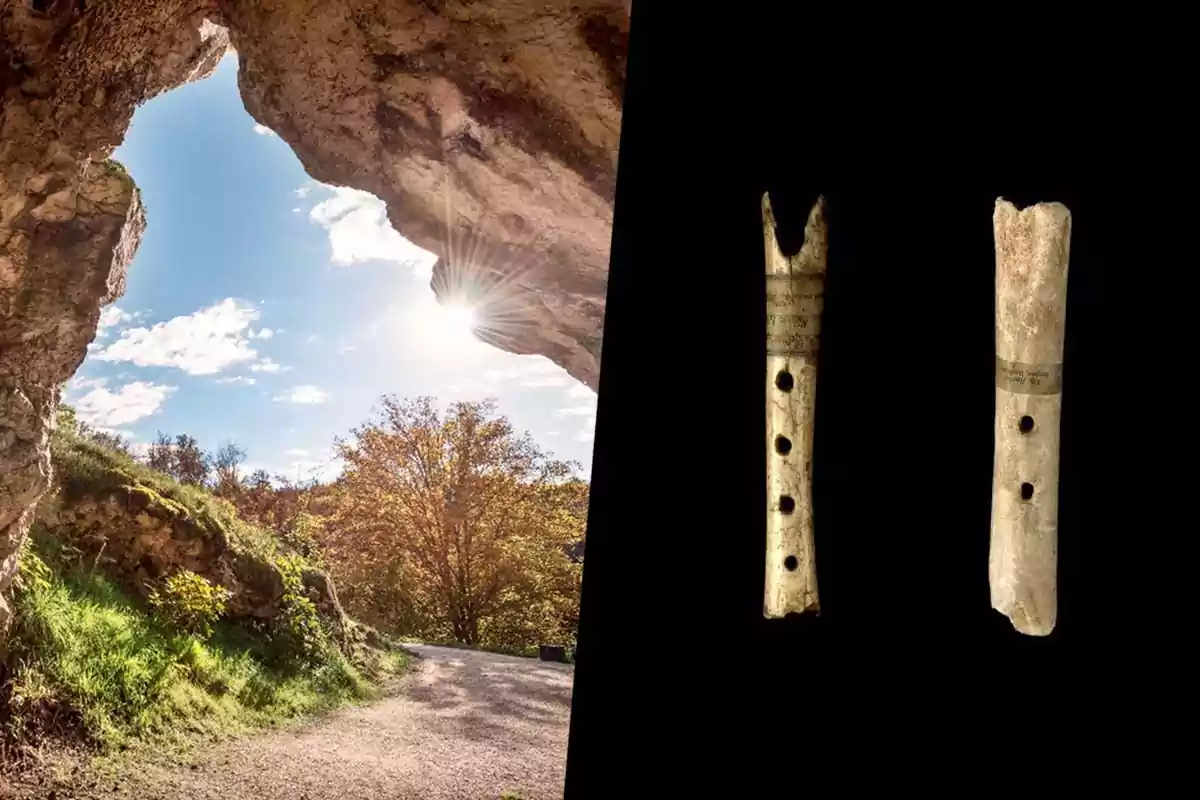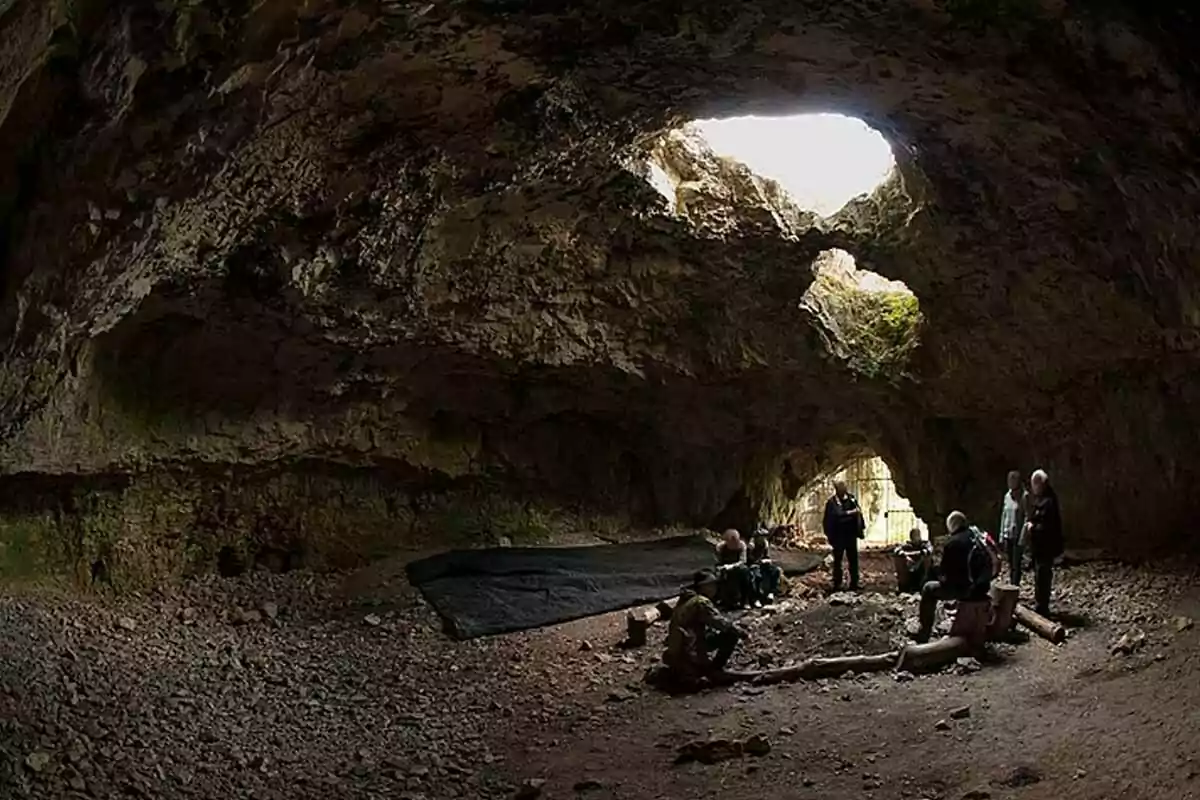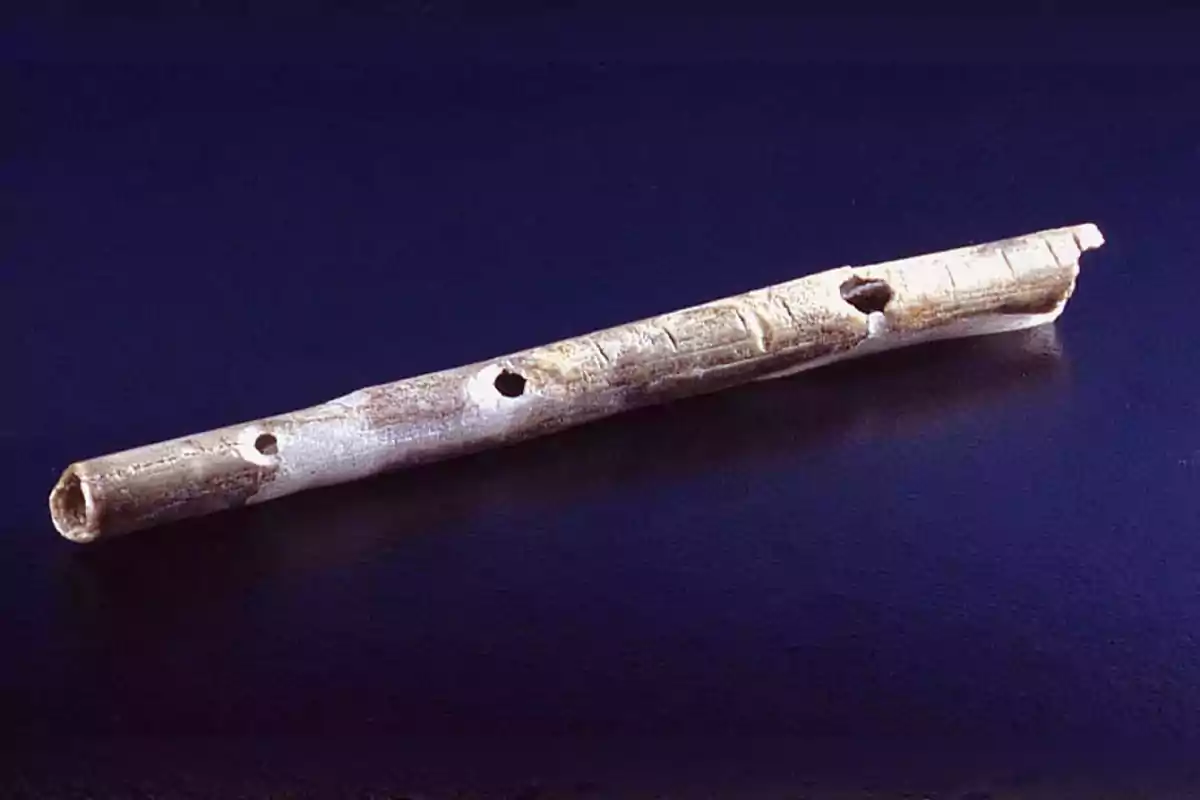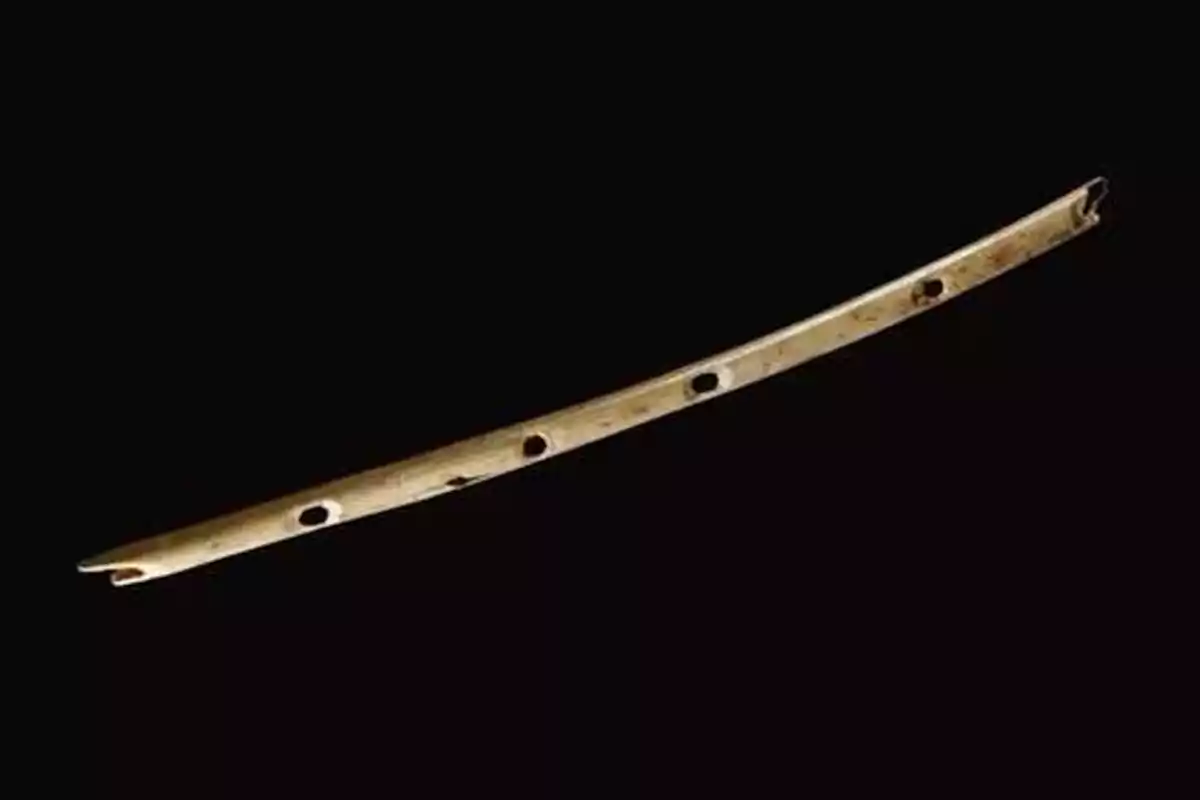
Germany: 42,000-year-old flutes that still work found
42,000-year-old flutes found in Germany reveal the role of music among the earliest modern humans
A group of archaeologists found prehistoric flutes that still work and reveal how music was a key part of early human life in Europe.
The discovery, made in a cave in southern Germany, could change what we know about art and culture during the time when Homo sapiens and Neanderthals coexisted.

A discovery that rewrites European cultural history
The Geißenklösterle cave, located in the Swabian Jura region, was the setting for this archaeological discovery that is remarkable for its state of preservation and its cultural impact.
These are flutes made from bird bones and mammoth tusks. They date back more than 42,000 years and are attributed to the Aurignacian culture, the first associated with modern humans in Europe.
Instruments that can still play
According to tests carried out, the instruments found were not only preserved almost intact, but can produce sound, which gives them unique value as a living testimony of the past.

The discovery was published in the Journal of Human Evolution by a team from the universities of Tübingen and Oxford.
Symbolic expression and survival
These instruments would have been used by modern humans who coexisted with Neanderthals during the last glacial period.

Contrary to what was previously believed, music flourished even in hostile climates, with social and communicative roles that may have been essential.
Europe's Kulturpumpe
Geißenklösterle is part of an area considered one of the oldest centers of cultural innovation in Europe.
Ivory sculptures, animal figures, ornaments and other symbolic objects were also found there, showing complex and advanced thinking.
More posts: